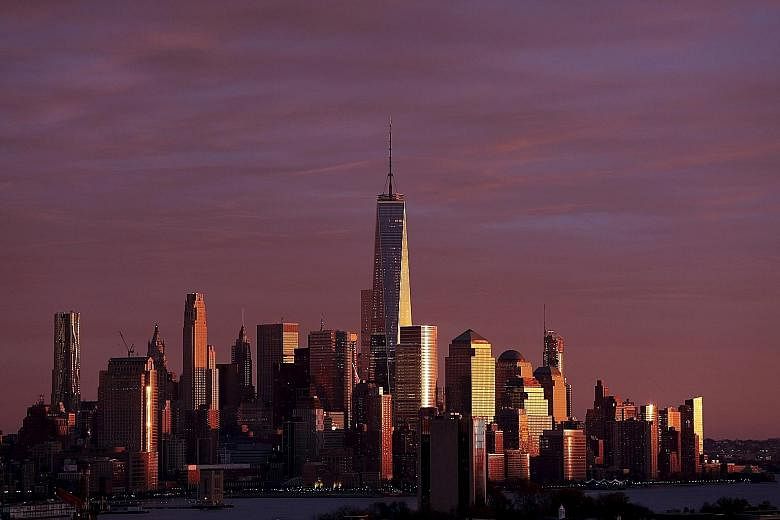New York, New York, a helluva town. The rents are up, but the crime rate is down. The food is better than ever, and the cultural scene is vibrant. Truly, it's a golden age for the town I recently moved to - if you can afford the housing. But more and more people can't.
And it's not just New York. The days when dystopian images of urban decline were pervasive in popular culture - remember the movie Escape From New York? - are long past. The story for many of the United States' iconic cities is, instead, one of gentrification, a process that's obvious to the naked eye, and increasingly visible in the data.
Urban America reached an inflection point about 15 years ago: After decades of decline, central cities began getting richer, more educated, and, yes, whiter. Today, these urban cores are providing ever more amenities, but largely to a very affluent minority.
But why is this so? And is there a way to spread the benefits of this urban renaissance more widely?
Let's start by admitting that one important factor has been the plunge in crime rates. For those who remember the 1970s, New York in 2015 is so safe, it's surreal. And the truth is that nobody really knows why that happened.

But there have been other drivers of the change: above all, the surge in inequality across the US.
It's a familiar fact (even if the usual suspects still deny it) that the concentration of income in the hands of a small minority has soared over the past 35 years. This concentration is even higher in big metropolitan areas like New York, because those areas are both where high-skill, high-pay industries tend to locate, and where the very affluent often want to live. In general, this high-income elite gets what it wants, and what it has wanted, since 2000, has been to live near the centre of big cities.
Still, why do high-income Americans now want to live in inner cities? Here we need to note the changing lives of the affluent - in particular, their work habits.
To get a sense of how it used to be, let me quote from a classic 1955 Fortune article titled How Top Executives Live. It says the typical executive "gets up early - about 7am, eats a large breakfast, and rushes to his office by train or auto. It is not unusual for him, after spending from 9am to 6pm in his office, to hurry home, eat dinner, and crawl into bed with a briefcase full of homework". Well, by the standards of today's business elite, that's a very relaxed lifestyle.
Today, the modern high earner, with his or her long hours - and, often, a working partner rather than a stay-at-home one - is willing to pay a lot more than the executives of yore for a central location that cuts commuting time. Hence gentrification. And this is a process that feeds on itself: as more high earners move into urban centres, these centres begin offering amenities - restaurants, shopping, entertainment - that make them even more attractive.
These people are not just the super-rich but more likely the top 10 per cent. For them, it's a happy story. But what about all those, surely a majority, who are being priced out of the urban revival? Does it have to be that way?
The answer, surely, is no. Rising demand for urban living by the elite could be met largely by increasing supply. There's still room to build, even in New York, especially upwards. Yet while there is something of a building boom in the city, it's far smaller than the soaring prices warrant, mainly because of land use restrictions.
And this is part of a broader national story. As Mr Jason Furman, the chairman of the White House Council of Economic Advisers, pointed out recently, US housing prices have risen much faster than construction costs since the 1990s, and land use restrictions are the most likely culprit. Yes, this is an issue on which one does not have to be a conservative to believe that there is too much regulation.
The good news is that this is an issue local governments have a lot of influence over. New York City can't do much, if anything, about soaring income inequality, but it could do a lot to increase the supply of housing, and thereby ensure the inward migration of the elite does not drive out everyone else. And its current mayor understands that.
But will that understanding lead to any action? That's a subject for another day. For now, let's just say that in this age of gentrification, housing policy has become much more important than most people realise.
NEW YORK TIMES

